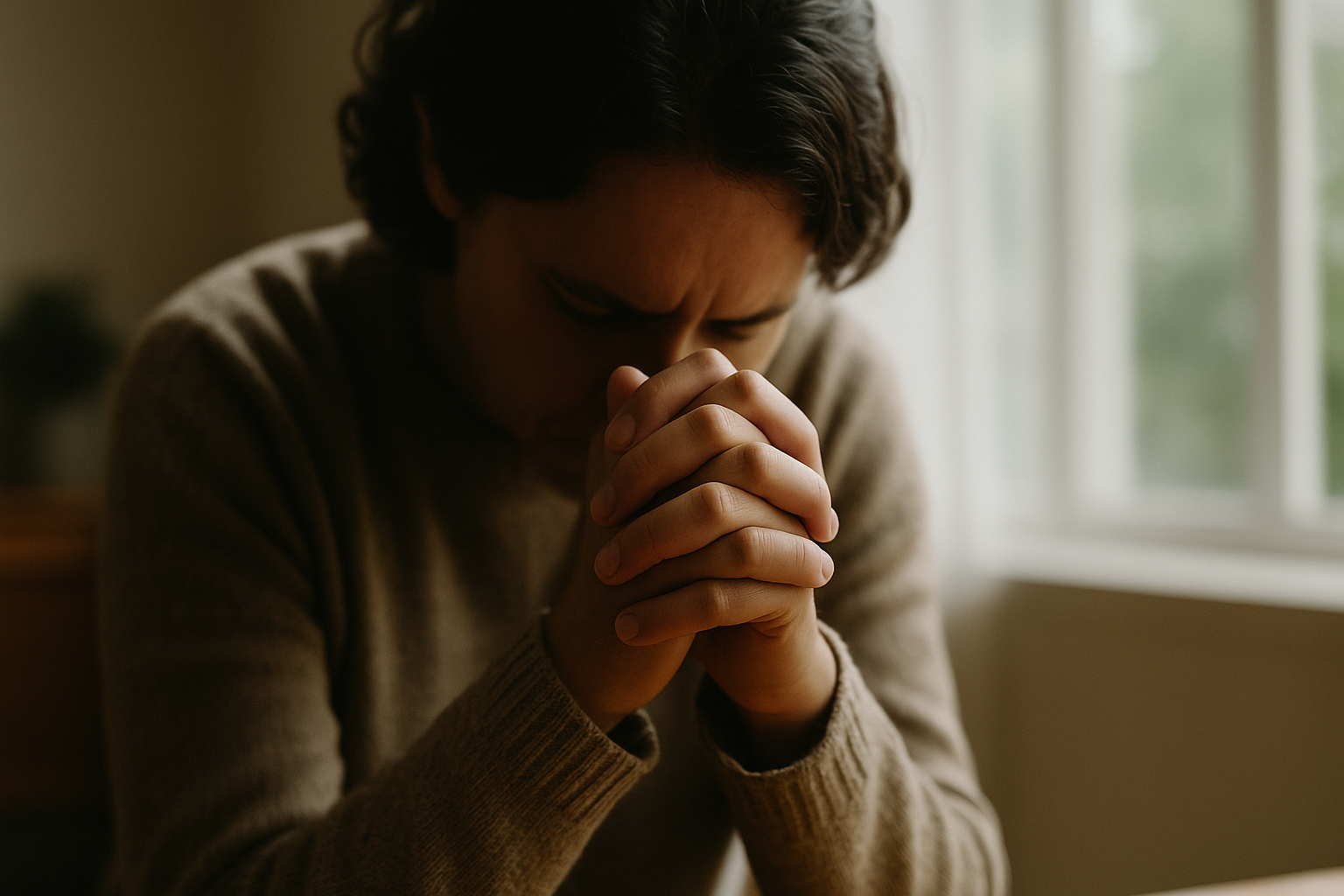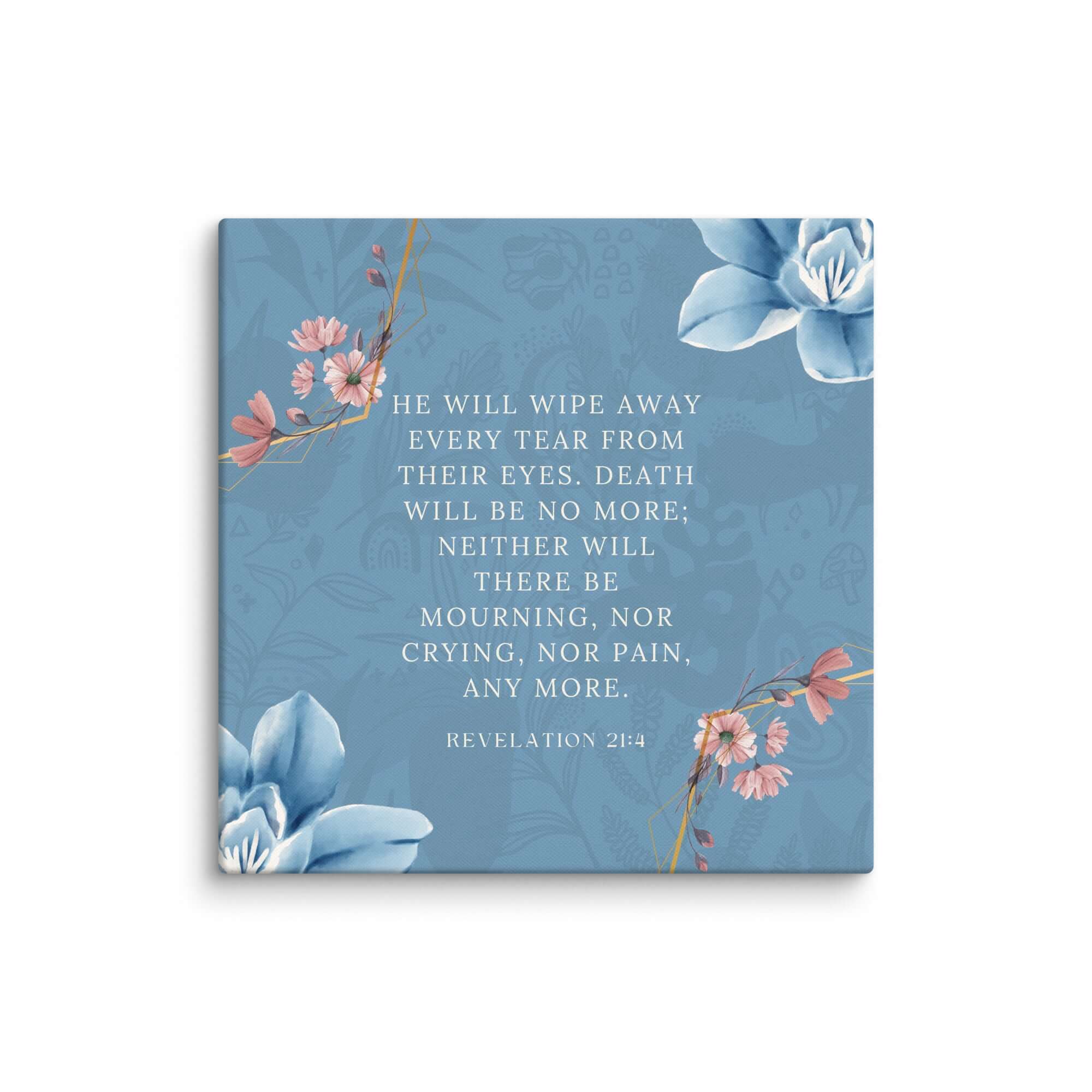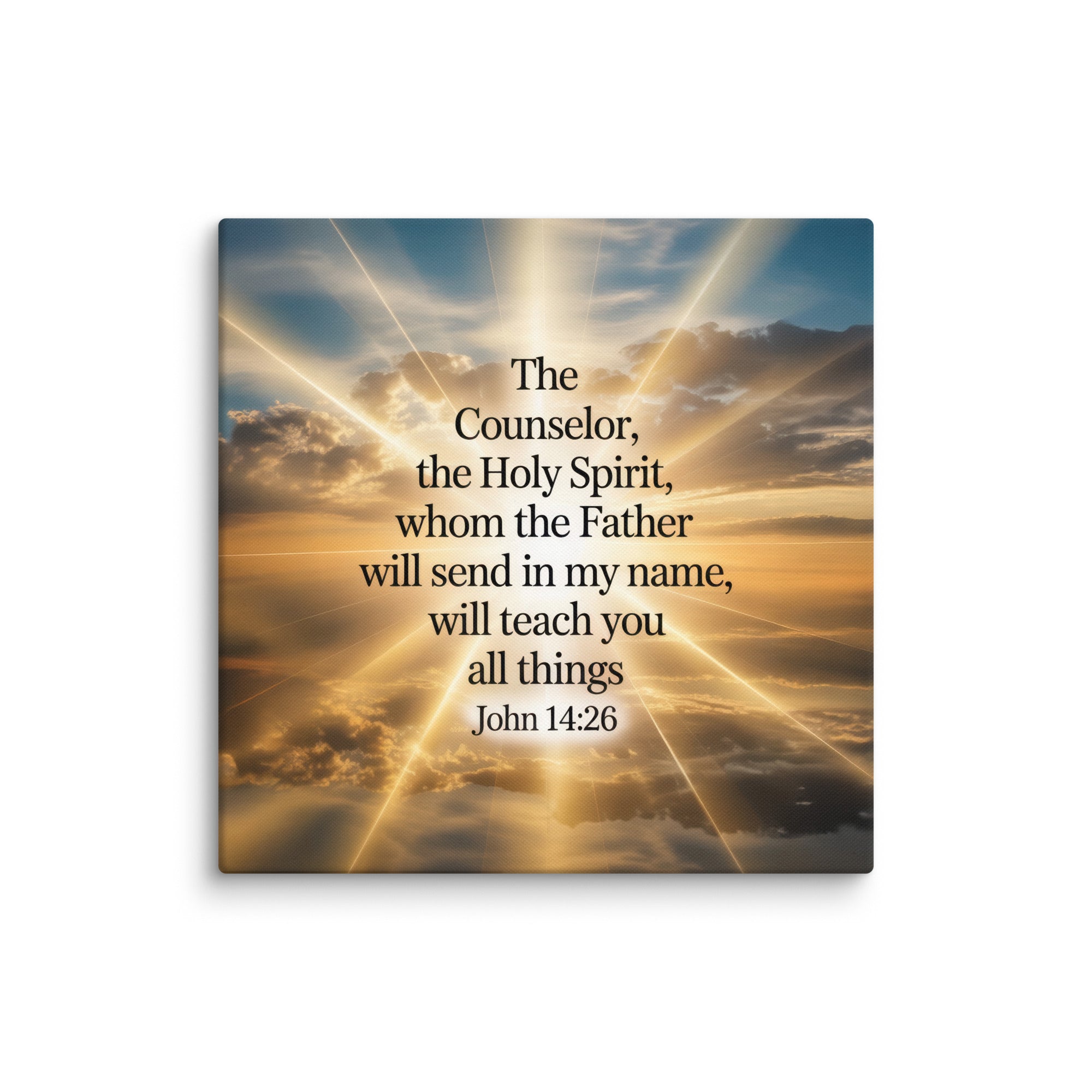Give and it shall be given unto you shows how generosity shapes the heart and reflects God’s goodness. Live with open hands and trust His promise of blessing.
Prayer isn’t limited to a few quiet moments before meals or bedtime. Scripture teaches us to make prayer a way of life — to pray without ceasing. This idea may seem impossible at first, but the Bible reveals how an ongoing attitude of prayer keeps us close to God in every part of life.
“Pray without ceasing.” — 1 Thessalonians 5:17 (KJV)
What It Means to Pray Without Ceasing
To “pray without ceasing” doesn’t mean we must be on our knees all day. Instead, it means living with an open line to God — speaking to Him in gratitude, asking for wisdom, and keeping our thoughts turned toward His presence.
Paul’s instruction in 1 Thessalonians 5:16–18 connects prayer with joy and thankfulness:
“Rejoice always, pray without ceasing, give thanks in all circumstances; for this is the will of God in Christ Jesus for you.” — 1 Thessalonians 5:16–18 (ESV)
This kind of prayer becomes an ongoing conversation — thanking God in good times, seeking Him in struggles, and trusting Him through every moment.
Why Constant Prayer Matters
Prayer keeps us rooted in faith and guards our hearts from fear and pride. When we pray continually, we invite God into every part of our day — work, family, decisions, and rest.
“Do not be anxious about anything, but in everything by prayer and supplication with thanksgiving let your requests be made known to God.” — Philippians 4:6 (ESV)
Continuous prayer helps us trade anxiety for peace. It reminds us that we are not in control — God is.
| Benefit of Constant Prayer | Description |
|---|---|
| Peace of Mind | God’s presence calms our worries (Philippians 4:6–7). |
| Strength to Endure | Prayer helps us face trials with faith (James 1:12). |
| Guidance and Wisdom | God gives direction to those who ask (James 1:5). |
| Closer Relationship with God | Ongoing prayer deepens trust and love. |
How to Pray Without Ceasing
Praying without ceasing is about making prayer natural and regular. It’s an ongoing relationship rather than a ritual. Here are simple ways to do it daily:
- Start and end your day in prayer. Thank God when you wake up and before you rest.
- Pray short prayers throughout the day. Whisper “Thank You, Lord,” or “Help me, Jesus” in moments of need.
- Turn your thoughts into prayers. When someone comes to mind, pray for them.
- Pray while you work. Invite God into your tasks and decisions.
- Pray in your pain. Let sorrow and frustration turn into honest conversation with God.
“Continue steadfastly in prayer, being watchful in it with thanksgiving.” — Colossians 4:2 (ESV)
Examples from the Bible
Many people in Scripture modeled unceasing prayer.
| Example | How They Prayed |
|---|---|
| Daniel | Prayed three times daily despite opposition (Daniel 6:10). |
| David | Wrote songs and prayers expressing every emotion (Psalms). |
| Jesus | Often withdrew to pray and stayed connected to the Father (Luke 5:16). |
| Paul | Prayed constantly for the churches he served (Ephesians 1:16). |
“But Jesus often withdrew to lonely places and prayed.” — Luke 5:16 (NIV)
These examples show that prayer is not just for certain moments but a pattern of life that builds faith and obedience.
Keeping Prayer Alive in Everyday Life
When life is busy or stressful, it’s easy to forget to pray. Yet prayer can fit naturally into ordinary routines.
| Situation | Way to Pray |
|---|---|
| Driving to work | Thank God for a new day. |
| Doing chores | Praise Him for your home and provision. |
| Waiting in line | Pray for patience or someone in need. |
| Facing challenges | Ask for wisdom and strength. |
| Moments of joy | Offer gratitude for His blessings. |
“The Lord is near to all who call on him, to all who call on him in truth.” — Psalm 145:18 (NIV)
Prayer as a Lifestyle of Faith
Praying without ceasing changes how we see the world. Every joy becomes an opportunity for praise, and every trial a reason to trust God more.
“Be joyful in hope, patient in affliction, faithful in prayer.” — Romans 12:12 (NIV)
When prayer becomes our rhythm, we begin to sense God’s presence everywhere — in the quiet, in the chaos, and even in the small, unseen moments of life.
























